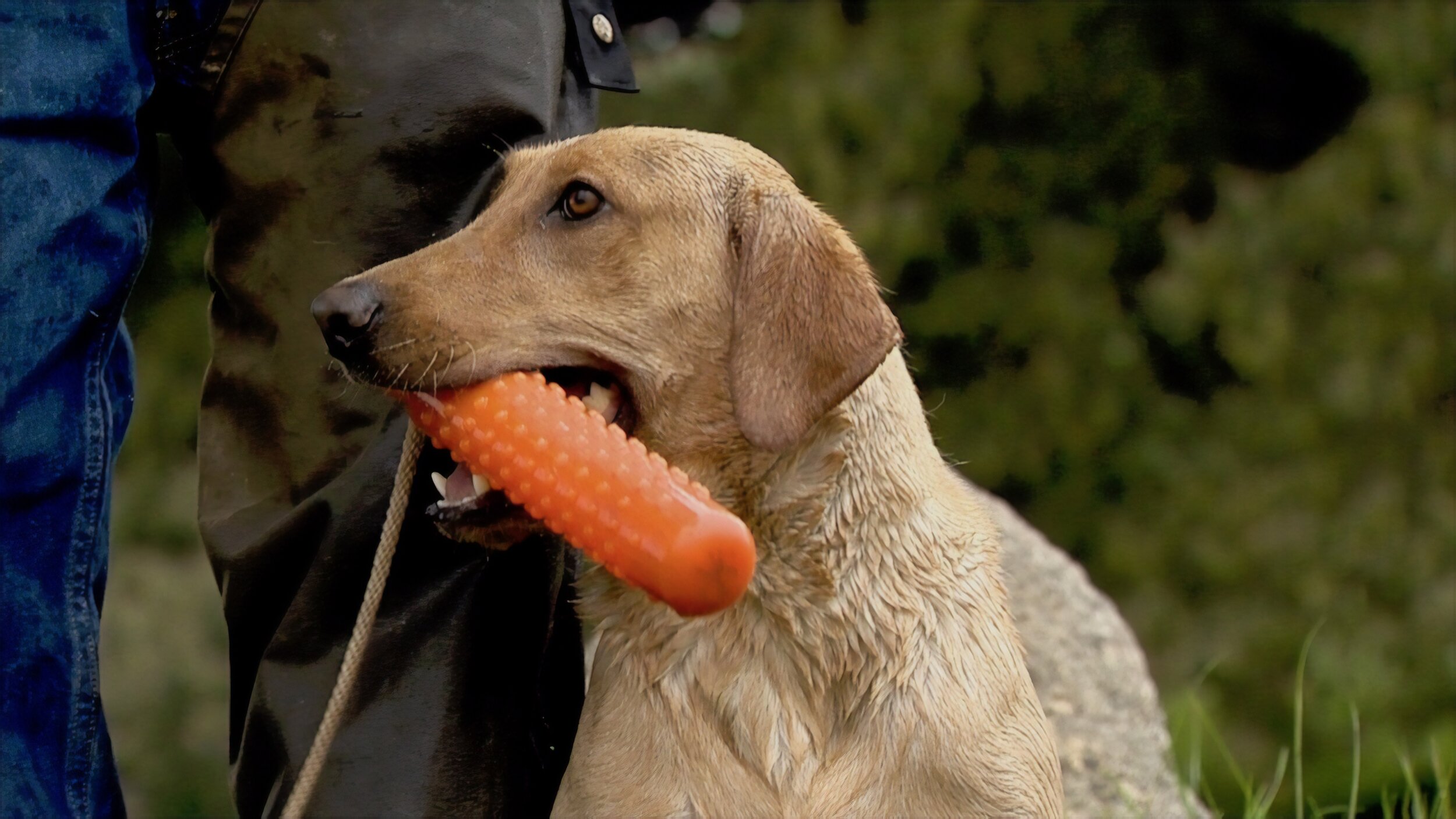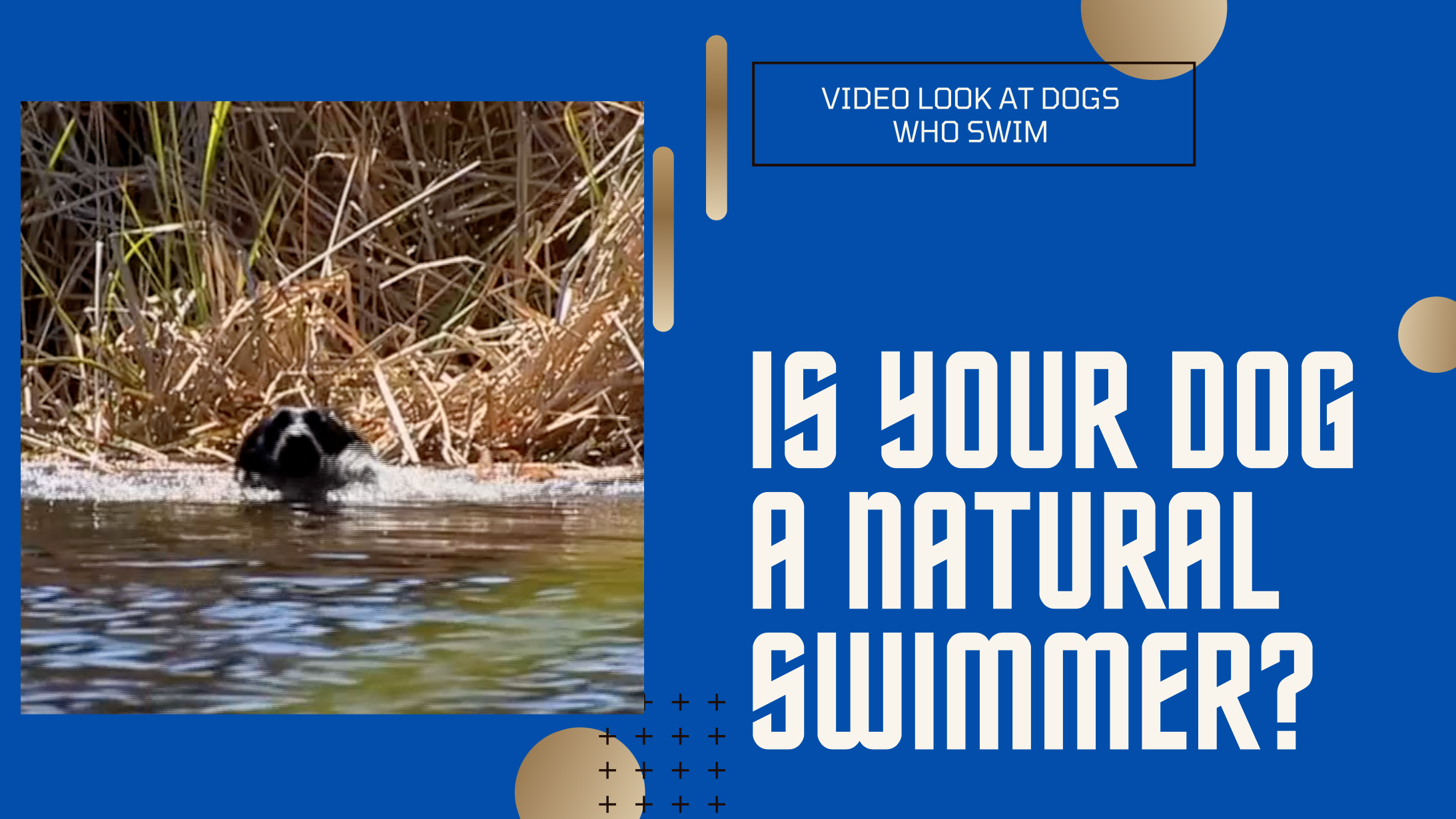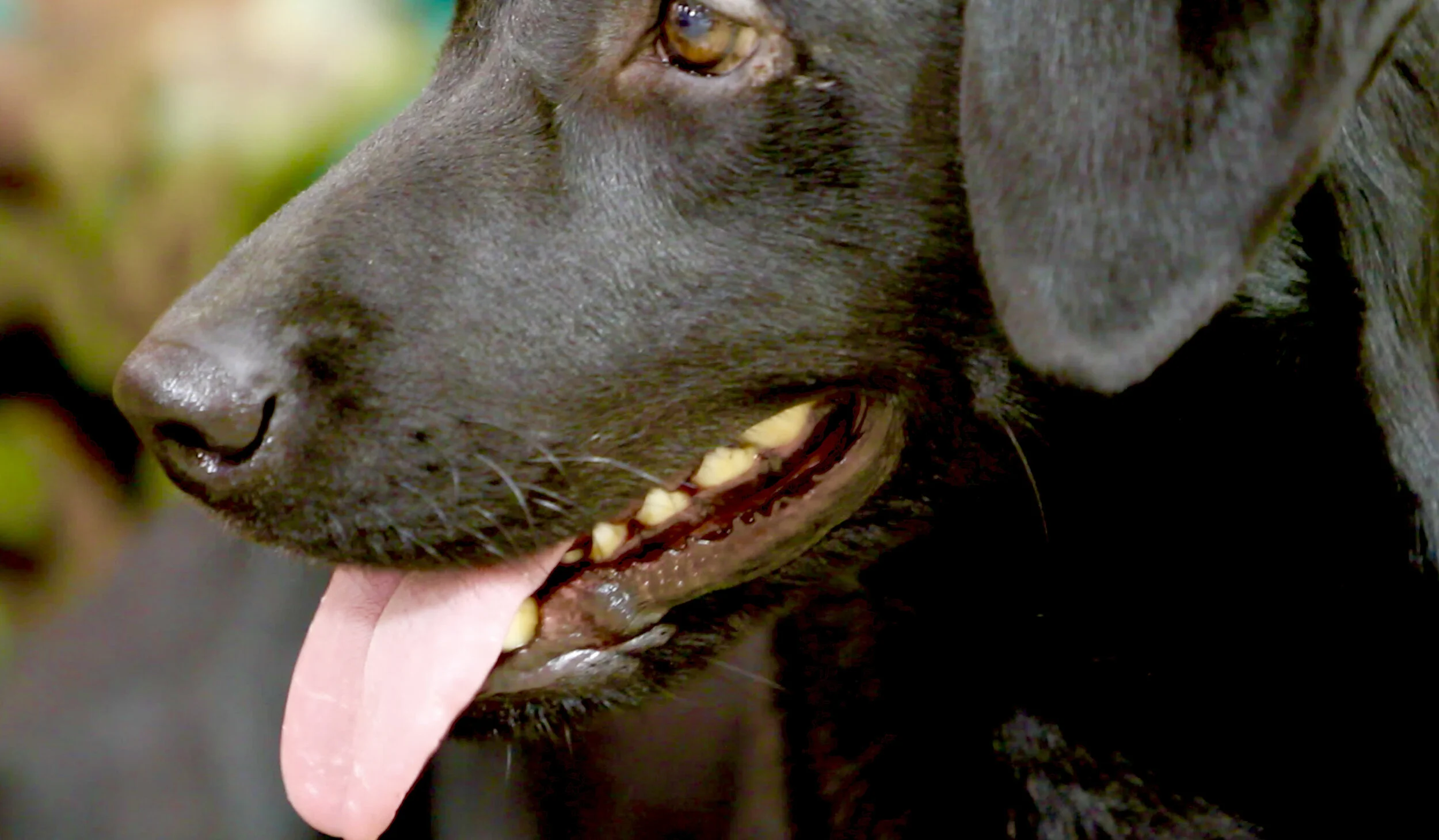Force-Free Training for Retrievers
Trying to distinguish negative reinforcement from positive training methods
Bill Hillmann talks about his proven methods of positive reinforcement for field dogs.
Karen Pryor wrote a book that I've read many times. Don't Shoot the Dog is a training manual for dog owners that I encourage everyone to read at least once. Anyone with a love for animals will get something from her narration that they may not find elsewhere.
I think of Karen as the "original" Dog Whisperer because she has been writing and speaking about the positive conditioning of animals for many decades, well before the phrase was coined. Karen is a pioneer in the development of force-free training methods, and one of the leading proponents of operant conditioning.
Operant conditioning was coined by B.F. Skinner. He believed that the best way to "understand behavior is to look at the causes of an action and its consequences."
To shape behavior one must introduce a reinforcer every time the subject does the behavior requested.
Are you still with me? Good. Let’s move on.
The subject of conditioning leads me to my thoughts about training working dogs, which traditionally have revolved around negative conditioning to elicit behaviors like fetching, sitting, or heeling, and much more.
To some, these are old-school methods. But for others, they are a routine part of the training. Each person must choose how they train. Through it all, a working dog trainer/handler is trying to teach particular behaviors that aren’t innate in a dog. That’s where using the proper training tools can be a challenge.
FORCE-FREE IS A REAL THING
After applying many negative conditioning methods for years (although I never thought of what I was doing as negative in the purest sense of the word), I finally decided to look for an alternative to eliciting behaviors in dogs without the use of force/pressure.
Training a retriever as a "working dog" for fieldwork requires specialized methods of enforcement and conditioning. That's because of the great distances retrievers must run, and the obstacles they must successfully navigate across when completing their task. All the while they must exhibit total obedience.
I compete with retrievers in AKC Hunt Test programs and therefore having a full field trained dog is essential. I wish I could, but I can't apply positive "clicker training" as Pryor recommends… to a retriever that is 150 yards away in a field. The dog simply won't hear the clicker to anticipate the reward, which Pryor's method is based on.
That's why most retriever owners that compete in AKC events have used other tools to make the connection between command and behavior to elicit the response in the dog at a given distance.
I won't get into all the technical details about retriever training tools here, but for the FETCH command, essentially the dog must learn to locate and return a given object to the handler when the command is given.
Traditionally, the training of fetch in the field might (but doesn’t have to) start with a "force or pressure" often from an e-collar until the dog fetches the object and holds it. That's the behavior requested by the command. (Keep in mind that retriever breeds almost all fetch naturally… not all, but most of them take to field work.)
Pressure (or force) of the e-collar is applied if the dog refuses to fetch, and it is released once the dog complies. Keep in mind that an “e-collar” isn’t electricity as you know it. It delivers voltage as a battery does, but that’s regulated by the handler, and it also delivers vibration. I have tested e-collars on myself many times to feel what the dog feels, which you’ll read about further on.
"Force-fetching," conditions the dog to FETCH when the command is given. It has its detractors, legions of them in fact, who are vocally against the use of force to elicit a behavior.
So what's the answer for people that love retrievers and fieldwork, but don't want to suffer through a session of traditional force-fetching?
THE ANSWER
One man that has been using a form of Positive Conditioning for many years is Bill Hillmann. He has been training and competing with retrievers in AKC Field Trials for decades. He holds numerous records for champion dogs, and now he's at the top of his game when it comes to using positive conditioning during training.
What I have learned from him is that you do not need to use negative enforcers to elicit behaviors, even in retrievers. Think of Pavlov's Dogs, which drooled at the sight of the lab technician bringing the food bowl. No force was needed to create the drooling behavior. The dog simply learned to associate the food bowl and technician with dinner time! That's a learned behavior without negative conditioning, and it made Ivan Pavlov famous.
I just happened to stumble on his YouTube videos one day, and afterward, I was hooked by what I saw him do on video.
Thanks to the Great Western Flat-Coated Retriever Club I was invited to a three-day clinic in Santa Ysabel, CA, where Hillmann demonstrated his techniques.
Once there, he explained that the e-collar is never used as a negative reinforcer, rather only as a low-level stimulus once the desired behavior is learned by the dog, which is always followed by some kind of positive rewards such as playing or a treat.
But how do dogs learn to fetch something they may not want to pick up?
There are many ways to get dogs to fetch, and to hold the object for very long periods. It all begins with getting the dog excited with the object you want the dog to fetch, and then rewarding the dog when he or she fetches it. The dog seeks the reward, which is often enough to entice the fetching behavior. That's very simplistic, but you get the idea.
By using an object like the Chuckit! bumper (pictured) encourages the dog to hold it in his or her mouth naturally due to its unique shape. Retrievers don't spit it out as easily as cylinder-shaped bumpers. The Chuckit! then becomes part of the training.
Using Hillmann's method of positive reinforcement and conditioning, once the dog picks up the bumper or a Chuckit!, the dog is then praised and encouraged verbally and physically with the object in its mouth, and then rewarded with play, or which he calls "the game."
Essentially, it is repeated conditioning (attrition) for a specific response and punctuated by low-level e-collar nicks timed to the verbal cues of the command to remind the dog that a "reward always follows" the correct behavior. According to Hillmann, "The Electric Collar is a tool that is used to send an electronic message to your dog."
To underscore his comment, the e-collar is not used as a negative reinforcer or negative force of conditioning. And his "soft-collar" approach can also be applied to any breed, not just retrievers.
I held out my hand to see if I could feel the e-collar pressure that he applied to his dog. I could barely sense it at the level Hillmann had it set. The e-collar nicks are extremely low, nearly undetectable. The e-collar, therefore, becomes more of a gentle stimulate to the dog, and it can be done as far as the range of the e-collar unit, followed by the reward once the dog completes the behavior. That can be as simple as a pat on the head and good boy (or girl)!
While I'm a complete novice when it comes to Hillmann's technique, I did see the results of his method firsthand, particularly in two dogs that were literally out-of-control and pulling the owner's leashes. With that said, it won’t work for every situation.
But I watched as Hillmann took the dogs, and in ten minutes, he had the dogs sitting quiet, obedient, and focused on him. Essentially, he is making a game of the desired behavior, and the dogs loved it. You can probably do attrition training and get similar results. Still, it was interesting.
What I learned is that dogs need excitement and focus before they even begin training. Once the training command is learned, they get more excitement from the handler.
This positive association between trainer and dog is noteworthy on its own. Dogs need to look at us as Alpha dog, not as just a member of the pack. Cesar Millan used this philosophy in his TV show.
It does take patience and consistency to learn Hillmann’s method of training.
Check out Hillmann’s website and watch some of his training methods online. They are unique and force-free with the exception of a low-level stimulus from an e-collar. By the way, much of what Hillmann teaches will apply to your frisky at-home pet.
Again, the use of certain tools is critical for retrievers that travel great distances from the handler. Clicker training requires that the dog is within earshot of the tool.
Hillmann might not be the first to apply positive conditioning to dogs using an e-collar. However, I believe he is the first to apply it specifically to working dogs in the field, and that it is definitely a step in the right direction for everyone.

































